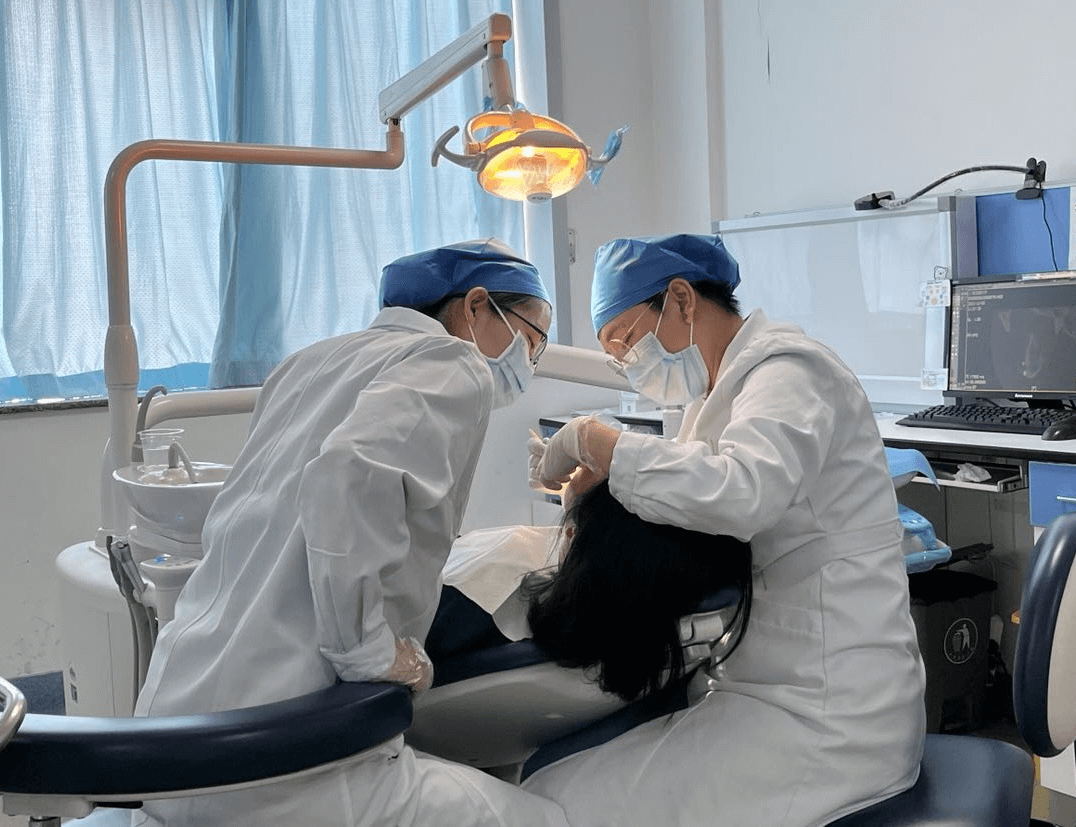The Department of Temporomandibular Joint specializes in treating the temporomandibular joint diseases, bruxism, and other occlusal issues.
Clinic
The department consists of 2 senior specialists and 3 attending physicians. It is well equipped with auxiliary instruments for the diagnosis and treatment of the oral and maxillofacial system, including electronic facebow, motion trajectory capture system, joint sound analyzer, masticatory electromyography, mandibular motion trajectory tracing meter, digital occlusal analysis system, and fully adjustable articulators. With the help of radiography and MRI scanning, the thorough analysis of each clinical case can be done. Conservative treatment methods, including but not limited to occlusal splints, intra-articular injection, orthodontics, and occlusal reconstruction, can effectively heal the temporomandibular joint, relieve bruxism, and address other occlusal problems.
Multidisciplinary treatment (MDT) is achieved by cooperating with orthodontists, prosthodontists, endodontists, periodontists, and orthognathic and joint surgeons.
Education
Several professional courses are available, such as oral anatomy and physiology, oral sketch course, hand skill training, and occlusal science. The contents cover dental anatomy and physiology, dentition, occlusion and jaw position, oral and cranio-maxillofacial-neck anatomy, and oral function. Based on this course system, students can acquire fundamental knowledge, hone basic clinical skills, and develop a professional self-image.
Research
Medical research has been carried out for decades, and multiple achievements have been made. We have developed the MRI guided disc-condyle relationship articulating technique, digital occlusal reconstruction workflow, and digital occlusal splint treatment design technique, making diagnosis more accurate and treatment more comprehensive. In addition, artificial intelligence simulating the DC/TMD diagnostic standard is introduced to provide additional information for specialists, thus reducing the subjective part of diagnosis. Supported by abundant case resources, research at the genetic and molecular levels has found that specific non-coding RNAs play important roles in bone turnover regulation and cartilage formation, which may contribute to the occurrence and development of arthropathy. Results have been published in journals and monographs over the years.


